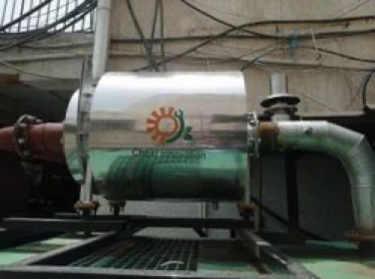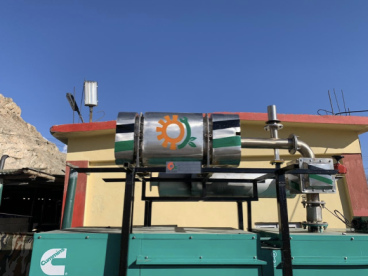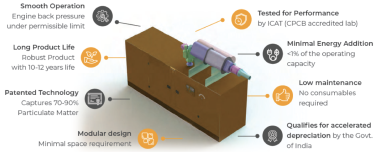Products
RECD -Retrofit Emission Control Device for DG
RECD (Retrofit Emission Control Device) for DG (Diesel Generators) is an innovative and efficient technology designed to minimize the emission of harmful pollutants from diesel-powered generators. With the increasing concern about air pollution and environmental sustainability, the implementation of emission control devices has become crucial in various industries.


RECD utilizes advanced technologies and mechanisms to achieve emission control. It typically incorporates a combination of catalytic converters, diesel particulate filters, selective catalytic reduction (SCR), or diesel oxidation catalysts (DOC). These components work in synergy to treat the exhaust gases emitted by the generator, transforming harmful pollutants into less harmful substances or capturing them for subsequent disposal.

The implementation of RECD for diesel generators offers several advantages. Firstly, it helps organizations comply with stringent emission regulations and standards set by environmental authorities. It enables diesel generators to meet or exceed emission limits, ensuring a cleaner and healthier environment for both humans and ecosystems.
Secondly, the retrofitting of emission control devices allows existing diesel generators to continue operating while significantly reducing their environmental impact. This is particularly beneficial in situations where replacing the entire generator with a newer, cleaner model may not be financially feasible or practical.
Lastly, RECD contributes to improving local air quality by reducing the emission of pollutants that are known to have adverse health effects, such as respiratory problems and cardiovascular diseases. By minimizing the release of particulate matter, NOx, and other harmful gases, it helps create a healthier and more sustainable living environment for nearby communities.
In summary, the Retrofit Emission Control Device (RECD) for Diesel Generators is an advanced technology designed to mitigate the environmental impact of diesel-powered generators. By implementing this emission control solution, organizations can effectively reduce the emission of pollutants, comply with regulations, and contribute to a cleaner and healthier future.




















